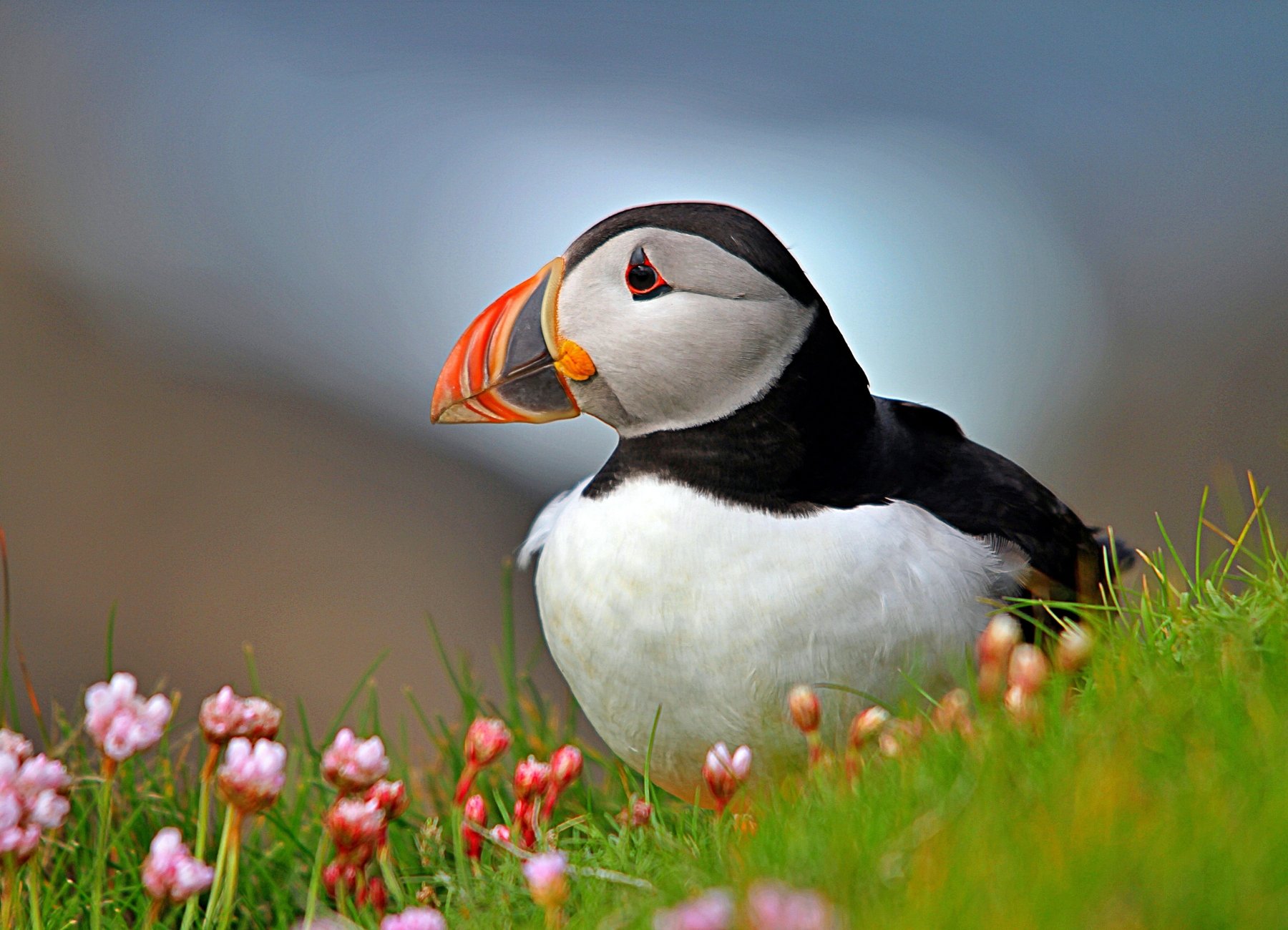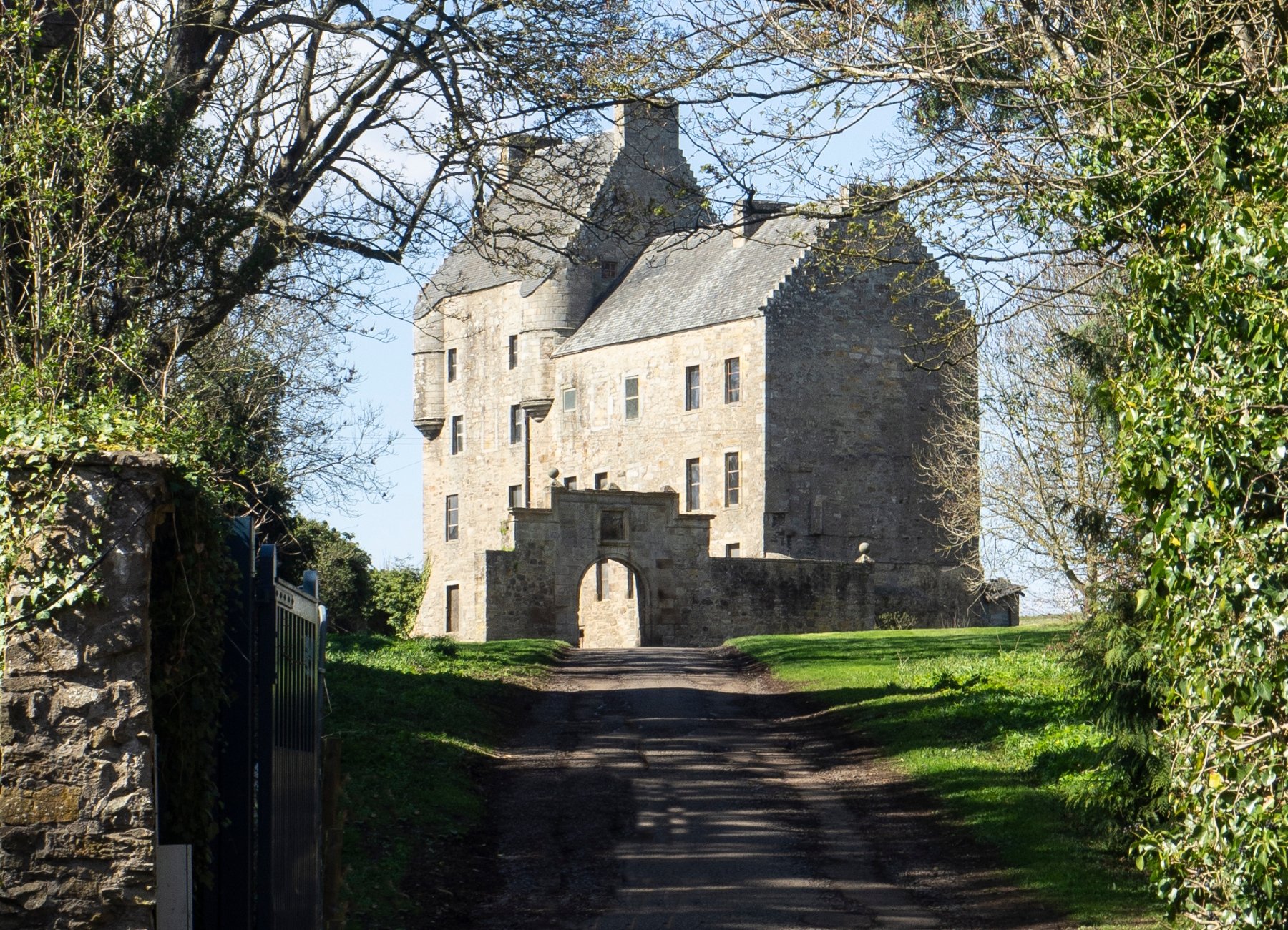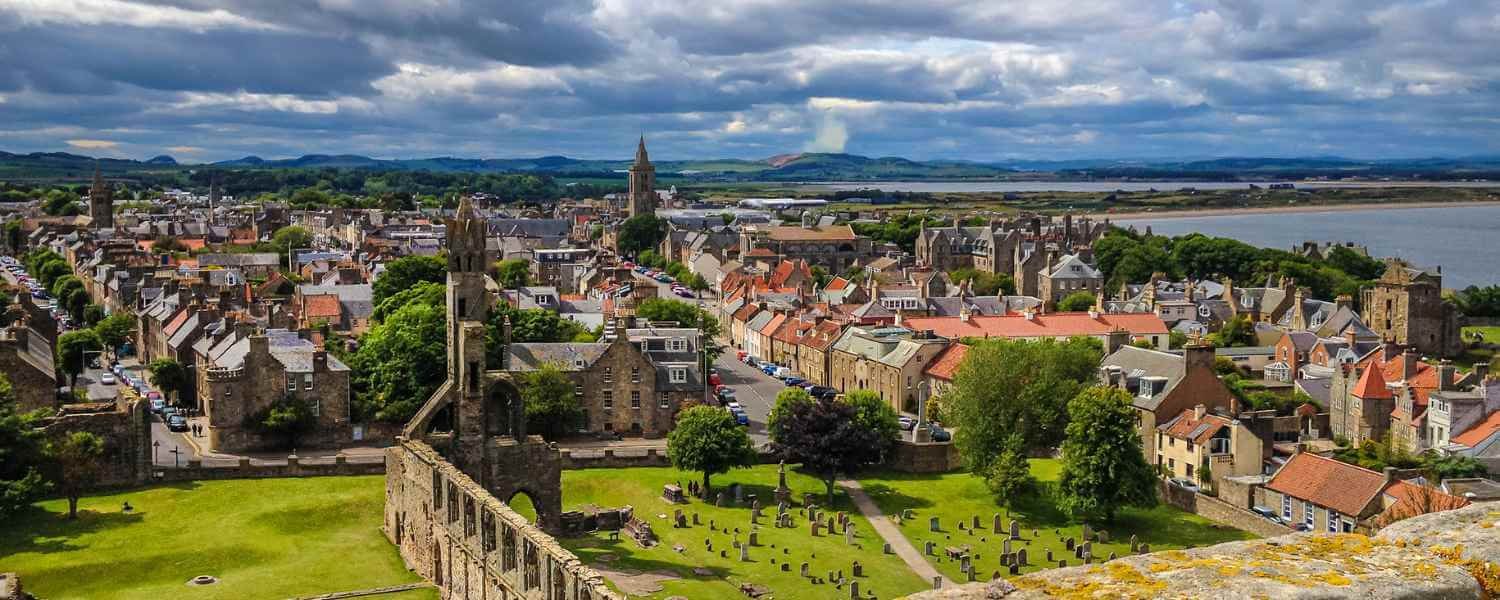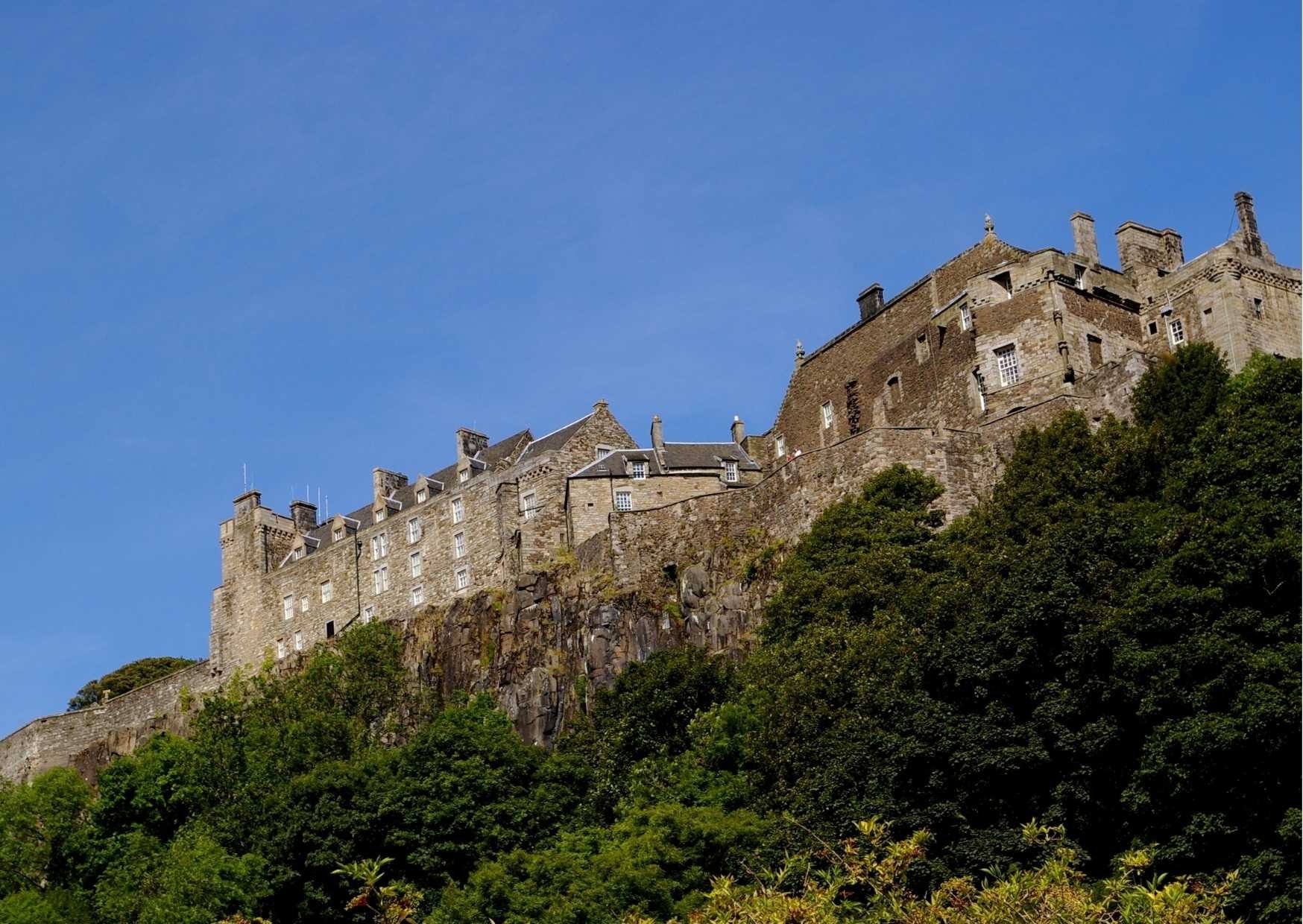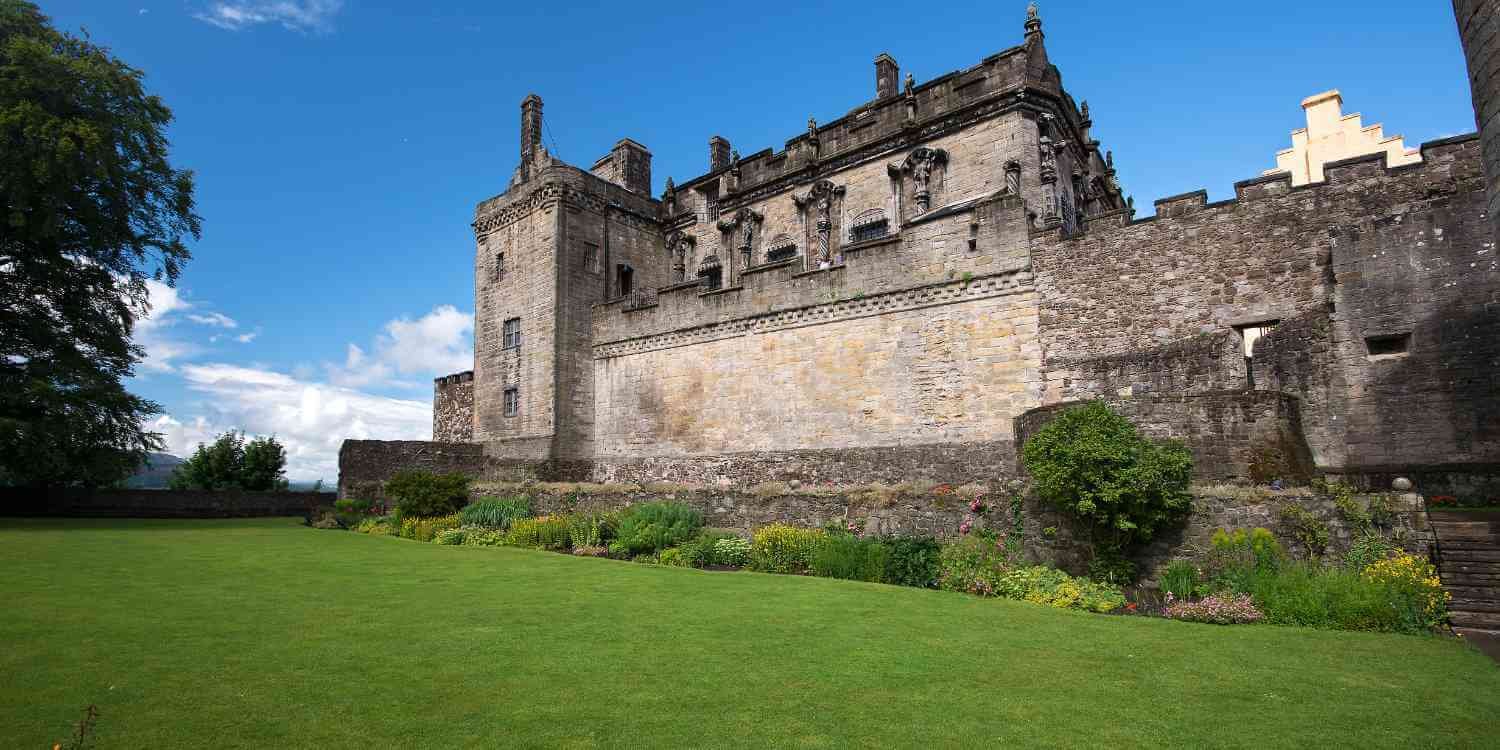Top 25 Must-see Locations on Beautiful Scottish Islands
In Scotland we have a whole lot of spectacular islands to visit. There are around 790 offshore islands, with only 93 of those being inhabited, so getting yourself across to one is a MUST DO when travelling this beautiful country.
All of them have their own unique landscapes and features, and there are so many amazing spots to hit up. You most likely will not be able to visit them all at once, and it can be tough choosing which ones to add to your trips itinerary, so we have made this comprehensive list of the top 25 things to see across all of the islands to help you narrow down your choices!
At Scotland’s Wild, our friendly, story-telling guides have led thousands of trips through Scotland. We share history, legends and tales to entice people to visit this incredible country!
If you’d like to check-out our selection of tours, from day trips to islands hopping multi-day adventures - click here.
Old Man of Storr (Isle of Skye)
Probably one of the most iconic geological features on the Isle of Skye, the Old Man of Storr is located on the Trotternish Ridge, and is approximately 55 meters in height. Made of basalt rock, the Old Man dates back to around 60 million years ago, and was revealed in the aftermath of a landslide which uncovered the hidden rock layers.
This site is a really fantastic hiking route, and offers visitors spectacular views over the Isle of Skye.
2. Fingal’s Cave (Staffa)
On the Isle of Staffa, an uninhabited island not far from the Isle of Mull, there is a fascinating sea cave, known as Fingal’s Cave. The cave features many columns of basalt rock, which have a distinct hexagonal shape as a result of volcanic activity, making a trip to this site extremely unique and special for anyone.
The acoustics in the cave are wonderful, and the sea water that fills the cave makes for a really magical and mystical atmosphere. There also tends to be a lot of puffins on the isle of Staffa, so you will probably spot them on your trip!
3. Callanish Standing Stones (Isle of Lewis)
On the west coast of the Isle of Lewis, you will find a remarkable 5000 year old mystery, the Callanish Standing Stones. The neolithic circular and cross arrangement of the many tall stone pillars pre-date Stonehenge, and appear to be a centre of ritual activity throughout the Bronze Age.
It is unknown who exactly built the monument, and it is still speculated to this day what the original purpose of the stones. But this powerful and magical site offers a truly fascinating glimpse into Scotlands pre-historic past, and just walking around it, is a really mystical and extraordinary experience.
4. Dunvegan Castle (Isle of Skye)
Located on the Isle of Skye, Dunvegan Castle can be found over looking Loch Dunvegan. This exquisite 13th century castle was once the ancestral home of the MacLeod Clan, and is the oldest continuously inhabited castle in the whole of Scotland.
The architecture of this castle is particularly unique, due to the many rebuilds and renovations that took place on it, you can actually see a whole range of styles, emphasising the sites long and dynamic history. This castle also houses the famous fairy flag which you can see when you visit.
5. Skara Brae (Orkney)
Once a busy and energetic village, and now a fantastically preserved neolithic settlement located in Orkney, Skara Brae is a remarkable prehistoric town where visitors can get an insight into life on the island throughout this time, and immerse themselves in the past.
The site has a series of circular stone houses, which contain some stone remains of the fireplaces, beds and dressers of the homes, and you can wonder around and explore, which is a pretty fascinating experience.
6. Luskentyre Beach (Isle of Harris)
On the Isle of Harris, you will find one of the most stunning beaches in the country, Luskentyre. This beach is world famous, and with its white sands and turquoise clear waters, it is no surprise why this has been mistaken for the carribean. Voted as one of Britains best beaches, a trip to luskentyre will not disappoint, no matter the weather.
Despite being one of he most picturesque parts of the island, the peaceful and quiet atmosphere of the beach is incredible. Surrounded by the islands dramatic hills, and with the dynamic landscape of the Atlantic Ocean, the beach is great for wildlife and immersing yourself in remote island life.
7. Butt of Lewis (Isle of Lewis)
The most northern point on the Isle of Lewis and in the Outer Hebrides, the viewpoint at the Butt of Lewis is second to none. Looking out onto the North Atlantic Ocean, this area is believed to be one of the windiest places in the whole of the United Kingdom.
The lighthouse located right at the point was built in 1862 by David Stevenson, and is a dramatic structure that enhances the landscape, making it a great spot for photography. The rugged sea stacks and dramatic cliffs are always being battered by the roaring sea, and it does feel like you are standing at the edge of the world.
8. Iona Abbey (Iona)
One of the oldest Christian religious centers in all of Western Europe can be found on the Isle of Iona. The beautiful Iona Abbey was a key location involved in spreading christianity throughout all of Scotland. Founded in AD 563 by St. Columbia, it served as a monastic community.
Although raided by Vikings various times, the Abbey was later established as a benedictine Abbey in the 12th century. It is still in use today as a place of worship, and people can pay a visit to the special site, where its spiritual legacy lives on.
9. St Kilda (Hirta)
The remote archipelago of St Kilda sits in the Atlantic Ocean north-west from North Uist, with Hirta being the largest of the group. These islands feature some extremely dramatic sea cliffs, which are among the highest in the UK. These islands were once inhabited, but due to an evacuation in 1930 based on the unstable living conditions, they have been left at peace from habitants since.
This has left room for a very unique ecosystem to grow, and the great range of seabird species is now one of the reasons these islands are so special. This is now a UNESCO world heritage site, and visitors can take a boat trip out to explore the distinctive islands.
10. The Isle of Skye Fairy Pools (Isle of Skye)
The Fairy Pools are a series of magical natural pools and waterfalls that are located near the town of Carbost on the Isle of Skye. This scenic area is a very popular spot for taking a hike or a swim in many of the enticing pools.
The vivid blue and green pools are fed by the waterfalls that cascade down from the mountains above. Visitors can walk along the trails and if they are brave enough, take a dip in the brisk but refreshing water. The pools offer an invigorating experience for everyone whether you go in or not, they are magical to look at and definitely a must visit.
11. Tobermory Harbour (Isle of Mull)
What’s the story in Balamory, wouldn’t you like to know? The colorful town of Tobermory makes for a must see on the Isle of Mull. Being the islands capital, the town is busy and vibrant, and the boat activity that you'll see on the harbour give it a distinct charm.
The waterfront is very scenic, and there are lots of great pubs, hotels and hospitality options available for experiencing some local cuisine and delicacies. The town became world famous for being the setting of hit TV show ‘Balamory’, which is still a loved part of pop culture here today!
12. Kisimul Castle (Isle of Barra)
The medieval fortress that lies in the heart of Castlebay in Barra is a captivating structure. Sitting on its own in the middle of the water, the 15th century structure was built by the MacNeil clan, and acted as their stronghold. You can see the castle clearly from the coastline, which features a 3 storey tower, but you can also get a little closer with local boat trips which can take you right to the impressive build.
The castle was deteriorating after its abandonment in 1838, and it was the 20th century before it was ever repaired. It was then leased to Historic Scotland in 2001 supposedly for £1 a year and a bottle of whisky (what a deal!).
13. Neist Point (Isle of Skye)
The most westerly point on the Isle of Skye, Neist Point, is well known for its amazing views and dramatic cliff side. The iconic lighthouse built in 1909 lies at the edge of the point, and can be seen from miles away on clear days.
Here you will find breathtaking views and many photo opportunities, and there is also a good chance of spotting wildlife from both the sea and the sky! There is a clear pathway down to the lighthouse and the cliff edge, making it a great walk for visitors.
14. Old Man of Hoy (Orkney)
A 137 metre high sea stack, located on the Island of Hoy in Orkney, is a particularly striking and magnificent geologic feature the you should definitely visit. The sea stack is formed of red sandstone which sits on a bed of basalt rock, and is one of the tallest in the country. Hydrolic erosion is the cause of this wonder, but it’s believed to still be less than 25o years old.
This is a very popular spot for visitors, and climbers who take on the challenge of this stack! There is worry that the Old Man is likely to collapse in the coming years due to the constant erosion and wear of the rock.
15. Maeshow (Orkney)
This neolithic chambered cairn and passage grave located on the mainland of Orkney is an exceptional site. The grassy mound is 115 feet in diameter, and the entrance passage is 36 feet, making this the largest tomb on the island.
The biggest collection of runic inscriptions outside of Scandinavia is contained within this site, and the astronomical significance is displayed by the positioning of the cairn, where during the winter solace, sunlight will hit the back wall of the central chamber.
16. St Ninians Isle Sand Tombolo (Shetland)
Connecting St Ninians Isle to the mainland of shetland, this scenic tombolo is the largest sand tombolo in the UK. It stretches 500 meters long, and is mostly made up of shell sand.
This natural formation is a fantastic site, where the tombolo has created beaches facing both north and south. You can walk along and enjoy the tombolo during the low tides, however it can become submerged during high tides and storms.
17. Goatfell (Isle of Arran)
A really scenic and beautiful hike on the Isle of Arran is Goat Fell, which is the highest point on the island. The dynamic terrain and eco-system make for a highly adventurous and exciting trail. It is a pretty steep and tricky climb, but it is absolutely worth it for the views and landscape you get to view at the top.
Sometimes on clear days, you can even view across to Northern Ireland. There are various routes to take to get to the top, but most people begin at Brodick Castle.
18. The Isle of Islay Distilleries (Islay)
No trip to the Islands is complete without visiting a local distillery and trying some of our finest whisky, and the Isle of Islay has 10 operating distilleries on the island.
Being one of the main reasons tourists travel to this island, whisky here is of the finest quality, and you won’t ever be short of it! Some of our favorites include Ardbeg, Bowmore, Laphroig and Port Ellen. All of the different whisky’s range in flavors, peatiness, and colors, so it would be rude not to try a few!
19. The Eriskay Ponies (Eriskay)
Native to the Outer Hebrides, the Eriskay Pony is a highly endagered species. Only growing to 12-13 hands high, these small statured ponies were historically used as crofter’s ponies for light work, but also as transport for children to and from school!
These friendly ponies roam about the island of Eriskay, and are a beautiful and unique site for passers by. The population of them has sadly decreased over the years due to crossbreeding, and there’s only about 400 of them left worldwide.
20. Orkney’s Ring of Brodgar (Orkney)
In Orkney you will find a spectacular neolithic stone circle and henge called the Ring of Brodgar. What once was 6o stones, but is now 36, can be seen to be in an almost perfect circular arrangement, and dates back to 2500 BC.
The 104 meter site is surrounded by a rock-cut ditch that goes up to 3 meters deep. Visitors can come and explore the site, and marvel in the architectural and historical significance of the mystical arrangement.
21. The Quiraing Walk (Isle of Skye)
Another part of the Trotternish Ridge on the Isle of Skye that we just have to mention, is the Quiraing. The geological formation is a thing of wonder, created due to a huge landslip many years ago, it is an exceptional hiking route that offers the most breathtaking views, and allows you to be engulfed by the towering cliffs and dramatic scenery.
Well known rock formations such as the Needle and The Prison are examples of the entrancing features of this area. The terrain can be quite tricky, and in adverse weather conditions, make sure to take care.
22. Rum National Nature Reserve (Isle of Rum)
On the Isle of Rum there is a protected area known as the Rum National Nature Reserve. Containing a huge array of eco-systems, from coastal areas, towing mountains and glens, the reserve is a highly important site for ecological reserve and protection.
Within the reserve there are extinct volcanos, and a whole heap of wildlife and flora, which can be explored on the many walking trails and paths that are fantastic for visitors.
23. Scarista Beach (Isle of Harris)
Also on the west coast of the Isle of Harris, Scarista is an incredible beach, famous for its natural beauty and crystal clear waters. The golden sands stretch along the coast, and offer visitors a tranquil place to enjoy the views and surrounding landscape.
Getting to the beach is not as obvious, but through grassy paths and fields, you will come to find this glorious spot, which tends to be a lot quieter than many other beaches on the Isle of Harris.
24. Dun Carloway Broch (Isle of Lewis)
On the Isle of Lewis you will find the extremely well preserved Dun Caroloway Broch, which dates back to around 200 BC. The broch is 9 meters tall, has a large internal courtyard spanning 7.4, and is believed to have been a defensive stronghold and residence in its time. It is also said the broch served as a shelter, and maybe even a pottery kiln over the years.
Today, the Broch is managed by historic Scotland, and welcomes visitors from all around to absorb the Iron Age architecture and history.
25. Calgary Bay (Isle of Mull)
On the northwest coast of Mull you can find the glorious beach of Calgary Bay. The white sands and blue waters make it a really beautiful spot to hit up when on the island. Usually pretty peaceful and quiet, the bay is surrounded by the hills and the machair, giving it a secluded feel.
But it is not just a beautiful natural site, Calgary Bay was once used for transporting sheep to the Treshnish Isles, and you can also find remains of a deserted village nearby!
These are only 25 examples of the countless wonders and attractions of the Scottish islands, and the list could definitely go on and on. The islands are rich in incredible geological discoveries, and coated in important history and cultural heritage. Whether its history, geology, or culture you are after, the Scottish Islands will not disappoint - the hard part will be choosing where to go first!






















